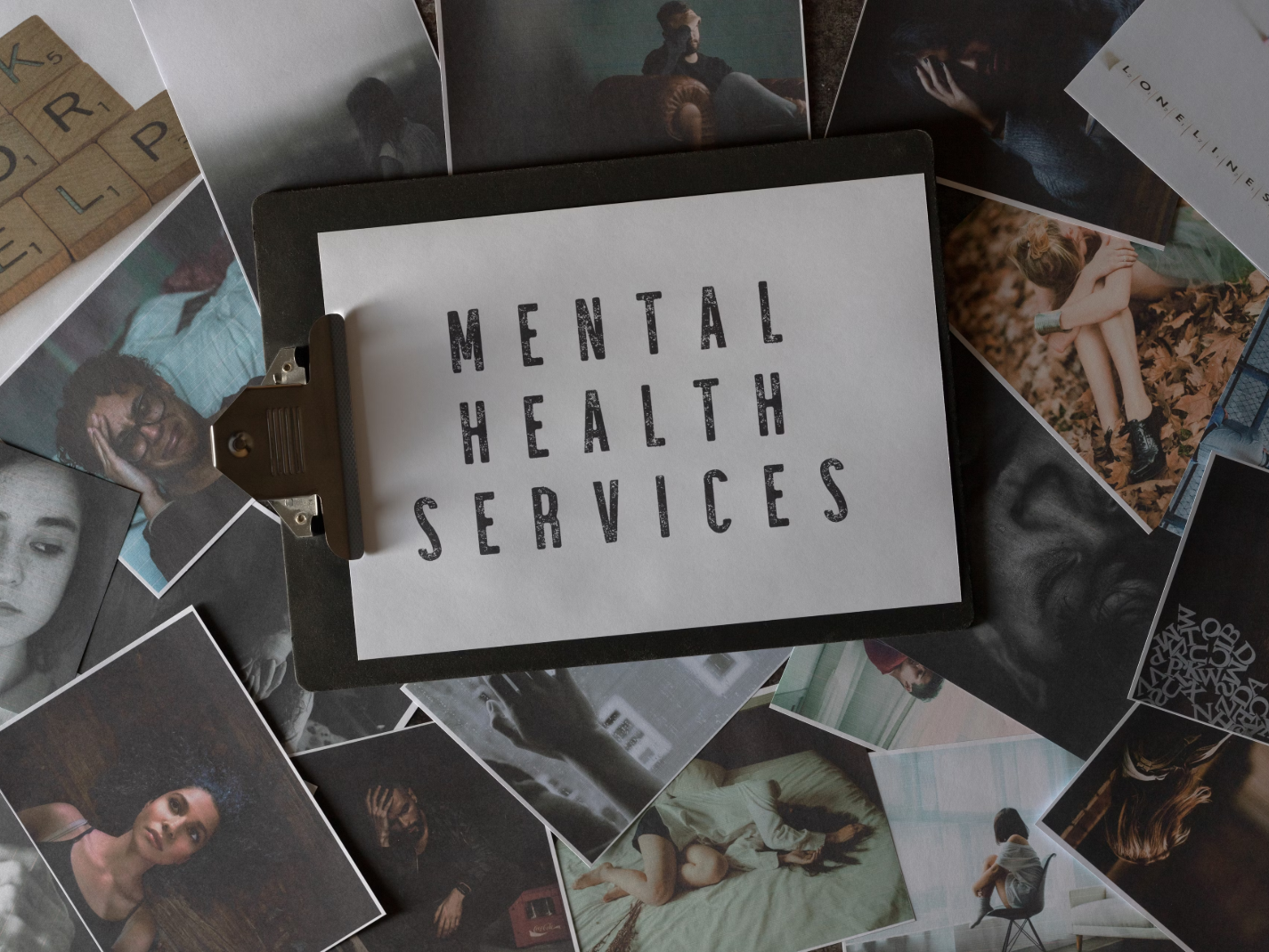
The transition into college is a pivotal time, filled with new opportunities, challenges, and responsibilities. However, with the stress of academic study, financial pressures, and social adjustments, it’s no surprise that mental health concerns among college students are on the rise. According to a Healthy Minds survey, more than 60 percent of college students have at least one mental health problem.
To address this growing concern, colleges across America have worked to implement mental health programs and services. But how effective are these initiatives? And where is there room for improvement? Let’s take a look at what’s working and what could be better when it comes to supporting mental health on campus.
What’s working?
Access to on-campus counseling:
While there are things to be improved, the fact that many colleges have some form of mental health support is something to be pleased with. Moving away from family and friends, as well as the new experiences that college brings, can be challenging for students, and they should have somewhere to turn to.
Online resources:
Similarly, whether it’s professional resources to read, blogs, social media feeds, or online counseling via chat or video call, online resources are growing. This reduces geographical barriers—for example, continuation of support while students are at home for vacation—as well as the time needed to access support.
Peer support training:
Sometimes, students end up opening up to their peers, whether directly or indirectly. This can be a big burden for the listener to carry, but they’re often best placed to offer support. Studies have shown that peer support groups can reduce stigma and stress related to mental health and create a sense of group identity. While the prevalence of these groups needs to increase, having some set up is a good start.
[RELATED: Addressing the Mental Health Struggles of Student-Athletes]
What needs to be improved?
More counsellors are needed—ones who are representative of the student population:
A study by Lipson, Lattie, and Eisenberg reported that the rate of growth for counseling appointments was 30 percent over a five-year period—with the rate of enrollment sitting at only five percent growth for the same period of time. This highlights the sheer number of appointments that are needed in comparison to the student population; utilizing counseling services is no longer something for the minority. Furthermore, the counselors who are placed in college services need to represent the students they’re supporting. Mental health stigma, especially in culturally diverse student populations or students with disabilities, still poses a significant barrier to seeking help. Students need to feel that they can see someone who understands their entire background and experience.
More research and funding:
More research is needed to determine the best way to support students and watch for red flag trends—but research costs money. Expanding student mental health services to reduce waiting times and offer preventative care also costs money. Educators are not counselors; they should not have to be solely responsible for their students’ well-being.
Final thoughts
The mental health crisis on college campuses is not something we can afford to ignore. Investing in comprehensive and accessible support systems is essential to ensuring students thrive both academically and personally. While some colleges are leading the way, all institutions must consider how they can improve their efforts to support the emotional well-being of their students.
Image on Unsplash by micheile henderson